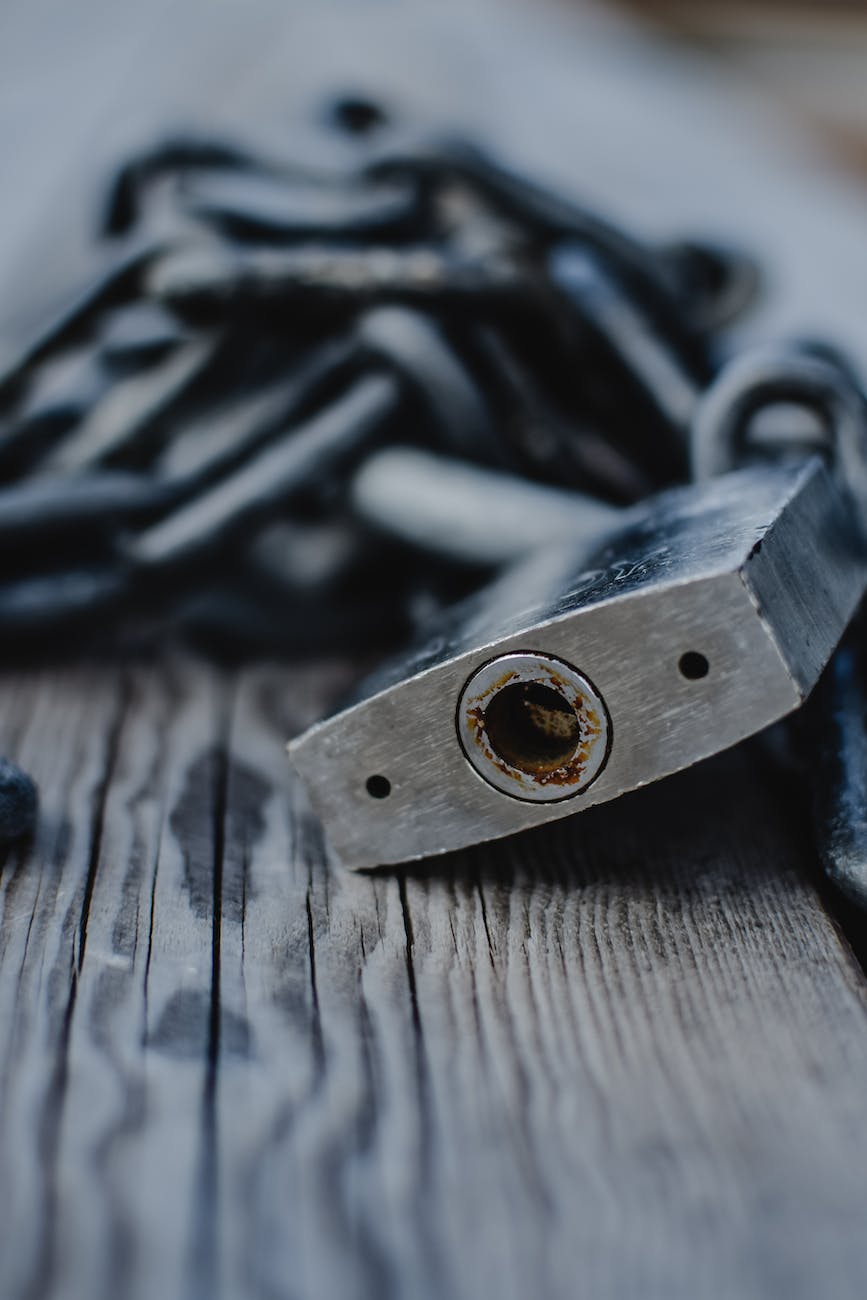root@sunny:/tank/home# apt-get update
Get:1 http://apt.nexenta.org hardy-unstable Release.gpg [185B]
Hit http://apt.nexenta.org hardy-unstable Release
Ign http://apt.nexenta.org hardy-unstable Release
Hit http://apt.nexenta.org hardy-unstable/main Packages
Hit http://apt.nexenta.org hardy-unstable/contrib Packages
Hit http://apt.nexenta.org hardy-unstable/non-free Packages
Hit http://apt.nexenta.org hardy-unstable/main Sources
Hit http://apt.nexenta.org hardy-unstable/contrib Sources
Hit http://apt.nexenta.org hardy-unstable/non-free Sources
Fetched 185B in 1s (151B/s)
Reading package lists… Done
W: GPG error: http://apt.nexenta.org hardy-unstable Release: Internal error: Good signature, but could not determine key fingerprint?!
W: You may want to run apt-get update to correct these problems
root@sunny:/tank/home# apt-get install gnupg add-apt-key
Reading package lists… Done
Building dependency tree
Reading state information… Done
The following extra packages will be installed:
gpgv makedev
Suggested packages:
gnupg-doc xloadimage
The following NEW packages will be installed:
gpgv makedev
The following packages will be upgraded:
gnupg add-apt-key
1 upgraded, 2 newly installed, 0 to remove and 1 not upgraded.
Need to get 1957kB of archives.
After this operation, 5050kB of additional disk space will be used.
Do you want to continue [Y/n]? y
WARNING: The following packages cannot be authenticated!
gpgv makedev gnupg
Install these packages without verification [y/N]? y
root@sunny:/tank/home# apt-get update
Hit http://apt.nexenta.org hardy-unstable Release.gpg
Hit http://apt.nexenta.org hardy-unstable Release
Hit http://apt.nexenta.org hardy-unstable/main Packages
Hit http://apt.nexenta.org hardy-unstable/contrib Packages
Hit http://apt.nexenta.org hardy-unstable/non-free Packages
Hit http://apt.nexenta.org hardy-unstable/main Sources
Hit http://apt.nexenta.org hardy-unstable/contrib Sources
Hit http://apt.nexenta.org hardy-unstable/non-free Sources
Reading package lists… Done
